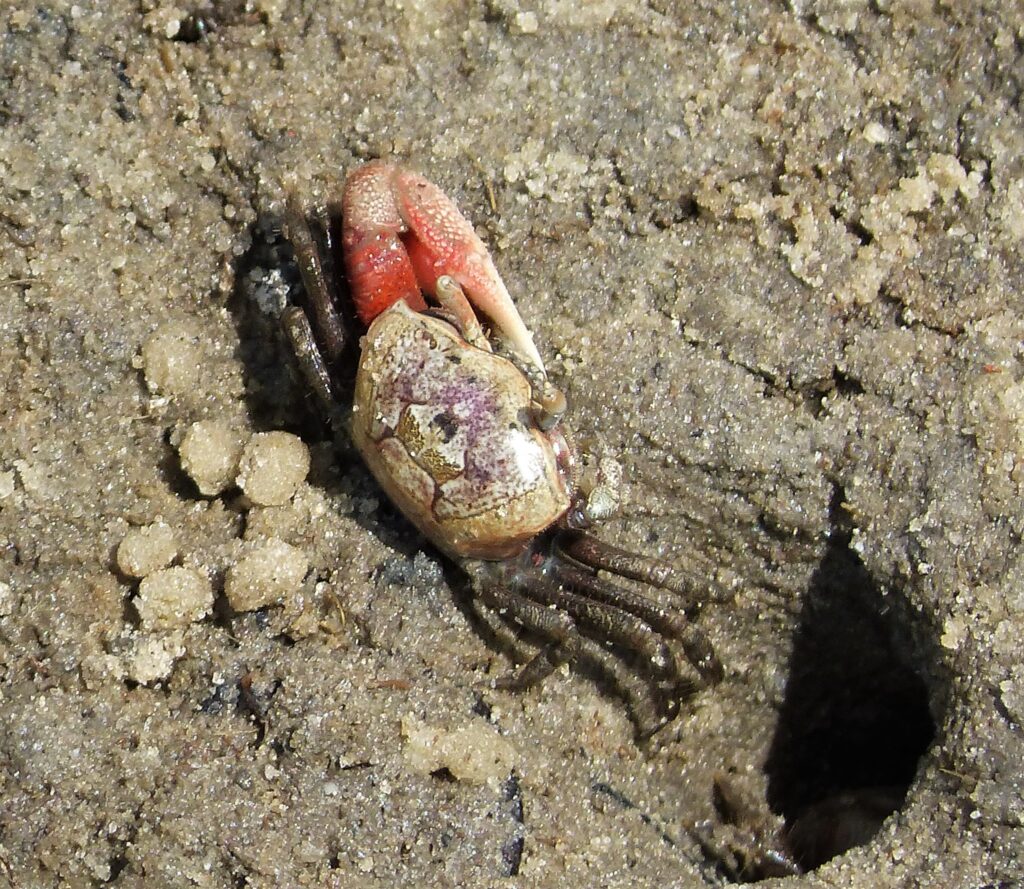Sexual Selection
Revisiting Sexual Selection
Sexual selection is a specific form of natural selection that acts on an organism’s ability to obtain or successfully reproduce with a mate. It was first introduced by Charles Darwin as a mechanism that could explain the evolution of traits that do not necessarily provide a direct survival advantage but instead enhance mating success. These traits can include physical characteristics, behaviors, or physiological features that make an individual more attractive or competitive in the mating arena. Sexual selection is often divided into two main categories: intersexual selection and intrasexual selection.
Intersexual selection refers to the process where individuals of one sex (typically females) choose mates based on certain desirable traits in the opposite sex (typically males). For instance, female peafowls tend to select males with the most elaborate and colorful plumage. This preference can lead to the evolution of extravagant traits, like bright feathers or complex courtship displays, even if these features might otherwise be disadvantageous in terms of survival.
Intrasexual selection, on the other hand, involves competition within the same sex (typically males) for access to mates. This competition can result in the development of traits that enhance fighting ability or dominance, such as larger body size, weapon-like structures (like antlers or tusks), or increased aggressiveness. In elephant seals, for instance, males fight for control of harems, with larger and stronger males monopolizing access to females.
In comparison to sexual selection, natural selection encompasses the broader concept of differential survival and reproduction based on heritable traits that increase an individual’s fitness in its environment. It explains the adaptation of species over generations, leading to the evolution of traits that improve survival, resource acquisition, and overall reproductive success. Examples include changes in fur color for camouflage, the development of venom in predators, or physiological adaptations to extreme temperatures.
While sexual selection can sometimes work in concert with natural selection (traits that attract mates can also confer survival advantages), it often opposes natural selection. For example, the peacock’s elaborate tail, while attractive to females, can make it more vulnerable to predators. This conflict can lead to evolutionary trade-offs where the benefits of increased reproductive success outweigh the costs to survival. Conversely, natural selection can limit the extent of sexual selection if a trait becomes too detrimental for survival.

Media Attributions
- Fiddler crab © Gail Hampshire is licensed under a CC BY (Attribution) license

